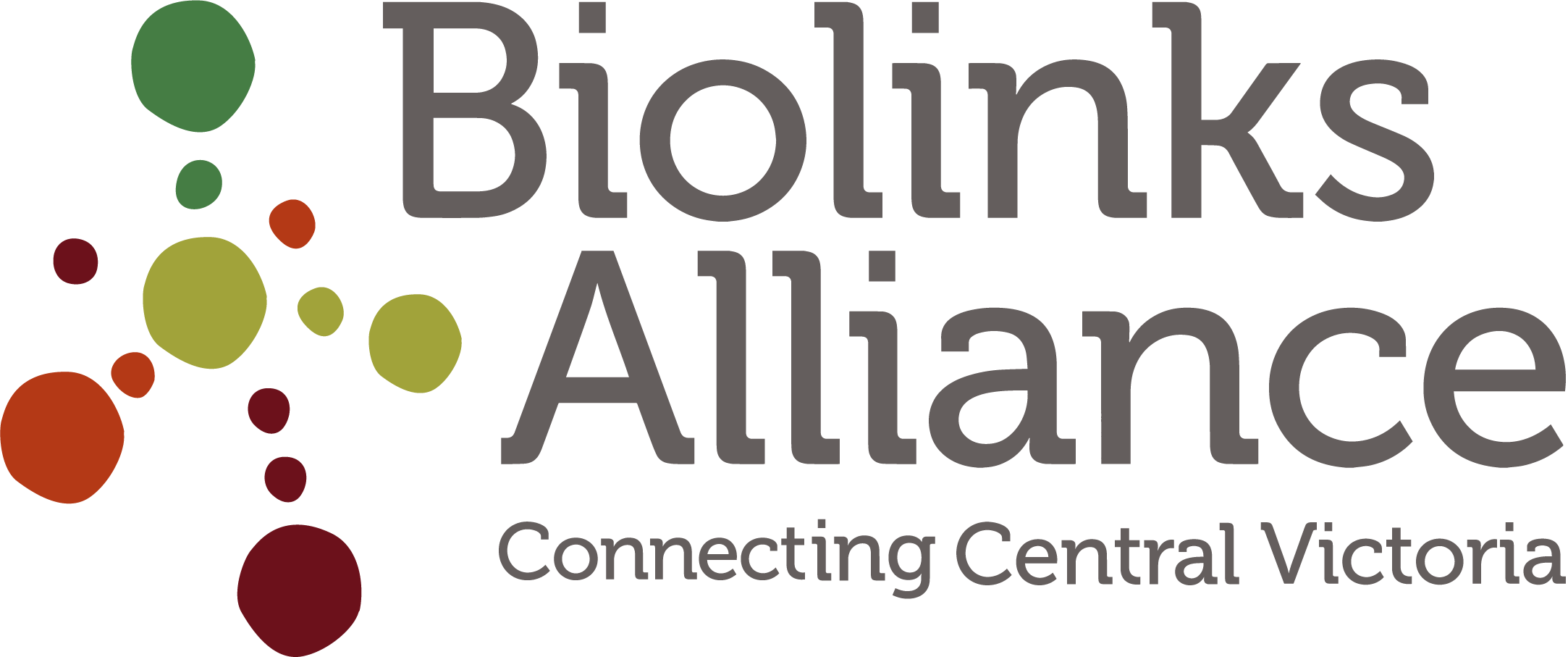What we’ve achieved
Project Glideways
Biolinks Alliance helps to protect crucial habitat for Central Victoria’s gliders, which declined a shocking 8.8% per year in the 12 years leading up to 2010.
As the darkness slowly dissipated around the Strathbogie Forest in March 2018, climate activist and forest blockader Shirley Saywell looked around and felt hope rise.
“A stream of headlights lit up the track. One by one, people came, car after car. I realised I was not alone.”
Shirley was certainly not alone. On that day, and on many others, passionate people from around Central Victoria protested against the logging of the magnificent Strathbogie Forest, north-east of Melbourne.
Shirley was thrilled to hear in 2019 that logging would cease in the forest, which had gained permanent protection. Now, she channels her energy into sharing her love of the forest and its inhabitants, especially the gliders.
Gliders are a family of small marsupials that live in the treetops. Membranes that stretch between the front and back legs allow them to leap remarkable distances. Not many people have seen a glider actually glide, but Shirley Saywell is one of them.
“When you watch a glider take off, your heart is in your mouth. They don’t look made for air travel. But it’s like they have a super-power - they launch themselves and land in a tree in the same way you or I might sit up in bed. This still fills me with awe.”
While their acrobatic prowess helps gliders move between the tree hollows in which they nest, it doesn’t overcome their biggest threat: the fragmentation of habitat. This has been perhaps the biggest contributor to their drastic decline: from 1998 to 2010, glider numbers declined a shocking 8.8% per year in Central Victoria. And now, climate change is magnifying this threat.
Shirley is just one of many people who have channelled their concern about this - and the alarming threat of species decline - into action. The Strathbogie Ranges Conservation Management Network has been working with other community groups on glider protection for years, but they didn’t have the best science at their fingertips and they lacked a landscape-scale plan.
In 2016 Biolinks’ first symposium, Glideways, addressed the challenges of restoring habitat and creating connections for gliders. out of the symposium came an ambitious landscape-scale, cross-tenure plan for the protection of gliders Victoria-wide.
“It was a fabulous moment for so many people. The government agreed these large eucalyptus were worth more standing than they were being chopped for paper or firewood. ”
Through the Glideways symposium, Biolinks created a catalyst for action. In 2017, the Strathbogie Ranges CMN led a citizen science project, carried out by 25 volunteers like Shirley in the Strathbogies Forest. The project identified unexpectedly high numbers of Greater Gliders.
With these findings, Strathbogie Ranges CMN and the forest campaigners advocated for continued studies by the Victorian government. The resulting findings confirmed the Strathbogies Forest contained the highest number of Greater Gliders anywhere in Victoria. In May 2017, the species was formally listed as threatened - a critical factor in the decision to stop logging the Strathbogie Forest.
These days Shirley Saywell is relieved that her considerable energy can now be directed towards other things. While Biolinks can look after the science, Shirley says, she wants more people to know about gliders, Glideways and her beloved forest.
“The Strathbogie Forest could be a place to promote gliders, wildlife and a tourism strategy. The glider could be the prima donna of the show,” laughs Shirley.
“It’s about connecting Glideways to more people ... and connecting people with nature”
NEXT: CHANGE, THE BIOLINKS WAY
Our 2040 vision - The health of Central Victoria’s natural environment is being restored and ires species are no longer in decline.




